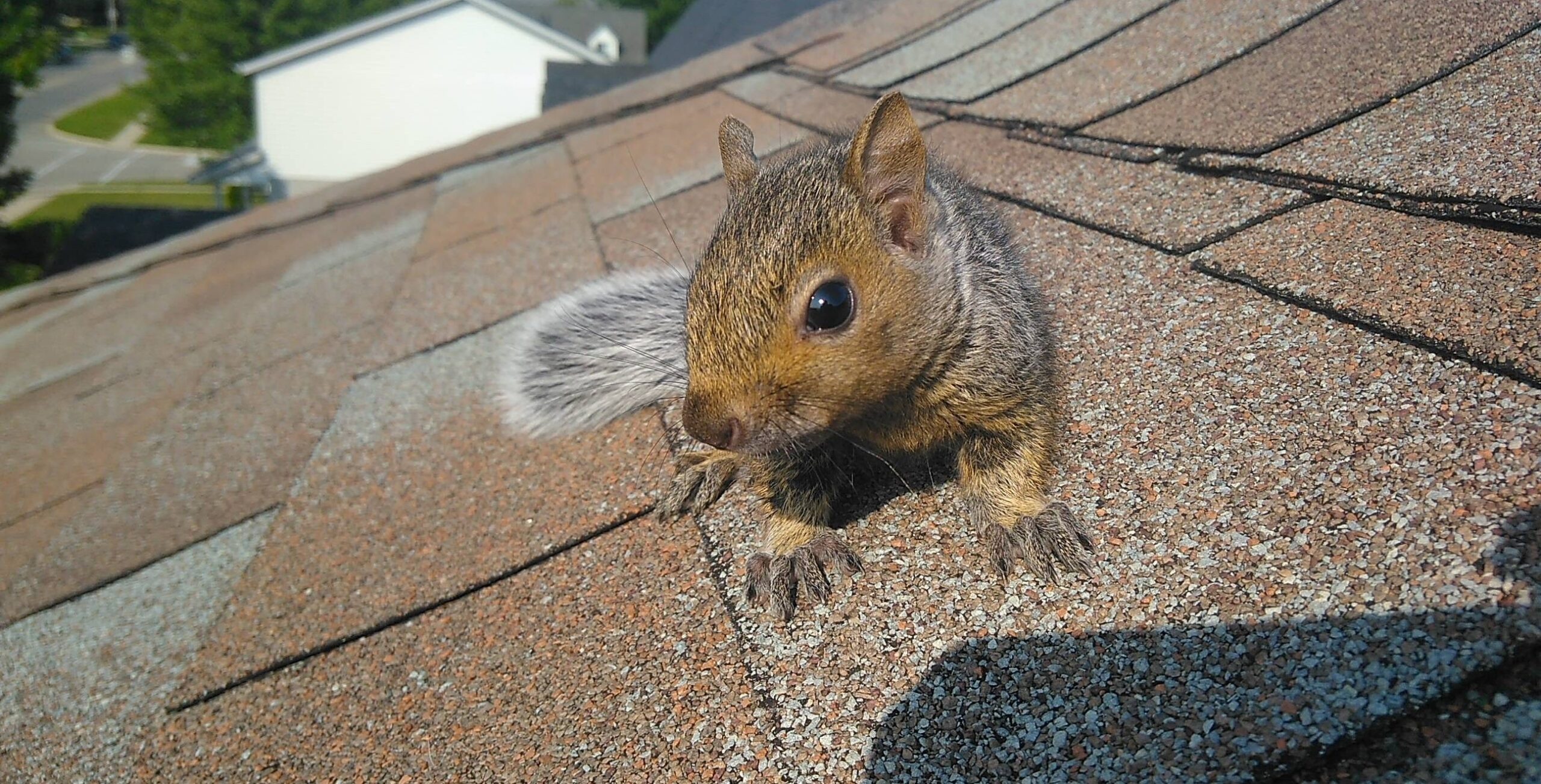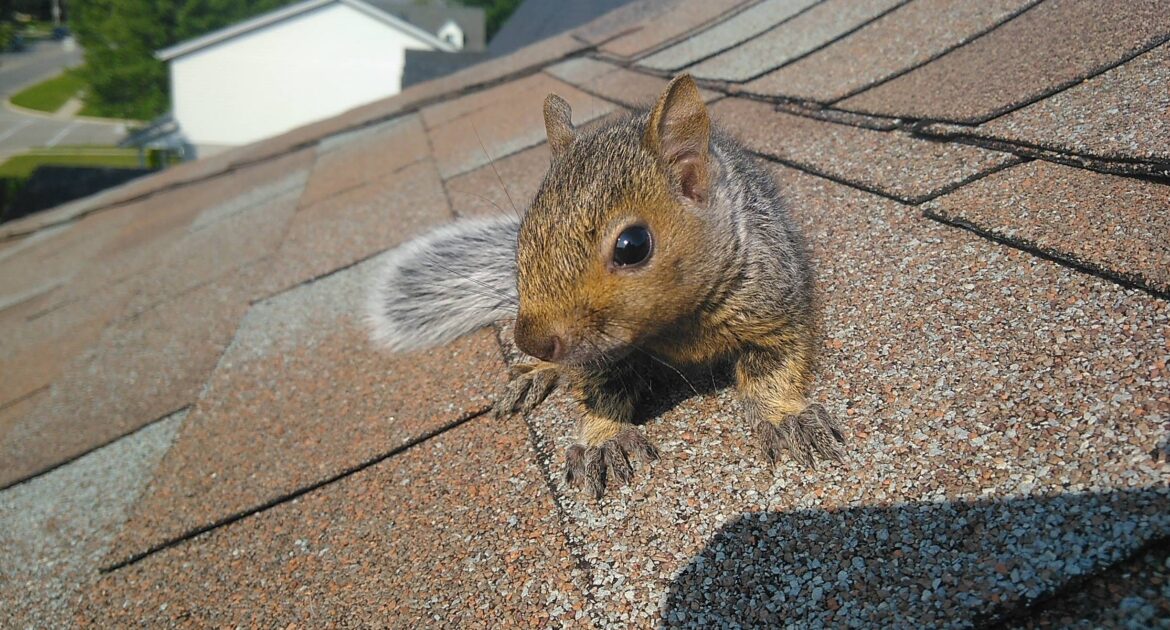Ever wondered how squirrels seem to defy the laws of physics as they scamper up trees and leap between branches? These small but mighty creatures demonstrate remarkable climbing abilities that have fascinated scientists and wildlife enthusiasts alike. At Skedaddle Humane Wildlife Control, we’ve had the privilege of observing these acrobatic rodents throughout Anoka County, and we’re constantly amazed by their gravity-defying feats.
From the parks of Coon Rapids to suburban backyards across Minnesota, squirrels showcase extraordinary physical abilities that help them thrive in both natural and urban environments. What might look like random scurrying to the untrained eye is actually a sophisticated system of movement that combines strength, agility, and split-second decision-making. Let’s explore the fascinating “superpowers” that make squirrels such exceptional climbers and how these unique abilities can sometimes lead them right into your home.
The Remarkable Anatomy Behind Squirrel Climbing Abilities
Understanding how squirrels defy gravity starts with their specialized physical adaptations that have evolved over millions of years.
Unique Paw Structure
Squirrels possess specialized paws that function almost like human hands—but with some remarkable upgrades:
- Double-jointed ankles: Allow them to rotate their hind feet 180 degrees, enabling them to descend trees headfirst with complete control.
- Sharp, curved claws: Act like natural climbing hooks that can grip even the smallest imperfections in surfaces.
- Flexible toe joints: Provide the dexterity needed to hold onto narrow branches and manipulate food.
Their grip strength is astonishing; squirrels can maintain their hold on vertical surfaces even while resting, allowing them to take breaks without falling. The adaptability of their paws to various textures is equally impressive, from smooth metal gutters on Coon Rapids homes to rough tree bark in Anoka County parks.
Tail: More Than Just Fluffy
That iconic bushy tail isn’t just for show—it’s a multifunctional tool that enables many squirrel agility feats:
- Balance beam: While walking along narrow surfaces, the tail acts as a counterweight, shifting position to maintain balance.
- Steering mechanism: During jumps, squirrels use their tails to make mid-air adjustments to their trajectory.
- Emergency parachute: The tail creates air resistance during falls, slowing descent and reducing impact.
- Communication tool: Squirrels use tail positions to signal danger to others nearby.
The tail also serves as an excellent blanket during cold Minnesota winters, providing both warmth and camouflage for these resilient creatures.
How Squirrels Defy Gravity: The Squirrel Agility Facts Behind Their Jumps
One of the most impressive displays of squirrel agility is their leaping ability. These small creatures can jump up to 10 feet horizontally and descend from heights of 20 feet or more without injury—proportionally equivalent to a human jumping across several city blocks!
The Parkour Masters of the Animal Kingdom
Scientists at the University of California, Berkeley, discovered that squirrels prioritize having a stable takeoff position over calculating the perfect jump distance. This strategy, similar to human parkour athletes, allows them to make quick decisions when escaping predators, adjust their body position mid-jump to account for unstable surfaces, and use their claws and tails to recover from less-than-perfect landings.
What makes squirrels particularly adept is their dynamic stability, which allows them to recover and adapt during movement rather than planning everything perfectly in advance. Their keen risk assessment capabilities let them quickly evaluate jumping distances and adjust their launch force accordingly, rarely resulting in injury.
Squirrel Physics: Defying Gravitational Limits
The way squirrels challenge physical limitations is truly remarkable:
- Rotational control: They can rotate their bodies mid-air to position themselves for optimal landing.
- Energy conservation: Squirrels store and release energy like springs in their tendons, maximizing jump distance while minimizing effort.
- Impact absorption: Special muscular and skeletal adaptations allow them to absorb landing forces that would injure other small animals.
This combination of adaptations means squirrels can navigate complex environments like the treetops of Anoka County’s forests or the rooflines of Coon Rapids neighborhoods with astonishing efficiency.
Squirrels and Your Home: When Climbing Abilities Become a Problem
While we admire their agility, these same remarkable abilities can create significant challenges for homeowners when squirrels decide your attic would make an ideal nesting site.
How They Access Your Property
Squirrels utilize their climbing skills to access homes in surprising ways:
- Vertical scaling: They can climb virtually any textured surface on your home, including brick, stucco, and even some types of siding.
- Gap exploitation: Needing only a 2-inch opening to squeeze through, they can exploit even the smallest gaps.
- Material manipulation: Capable of chewing through aluminum, vinyl, wood, and some metals, squirrels can create or enlarge entry points.
Their entry expertise, enabled by their double-jointed ankles, allows them to approach openings from various angles, making even awkwardly positioned vents or gaps accessible. With leaping prowess, they can land effortlessly from trees or adjacent structures onto your roof, bypassing typical barriers.
Signs of Squirrel Activity in Your Home
Detecting the signs of squirrel presence can help you identify an infestation before significant damage occurs:
- Daytime noise: Squirrels are most active during daylight hours, particularly early morning and late afternoon.
- Rhythmic movements: Noticeable rushing or running sounds across your ceiling, often in regular patterns.
- Gnawing sounds: Persistent chewing as they enlarge entry points or navigate through walls.
- Visual confirmation: Frequently seeing squirrels entering and exiting the same area of your home’s exterior.
The Seasonal Impact on Squirrel Behavior
Squirrel climbing and nesting habits change throughout the year, impacting Minnesota homeowners. Understanding these seasonal patterns helps predict when you’re most likely to experience squirrel-related issues.
Winter Preparation and Shelter Seeking
As temperatures drop across Anoka County, squirrels intensify their search for warm, protected spaces. They engage in food caching during fall, stashing food away in various hiding spots, sometimes within your attic or walls. Seeking insulation, they are attracted to the warm, soft insulation in Minnesota homes as natural shelters prove insufficient against harsh winters. Squirrels may share nests for warmth, increasing the potential damage in a confined spot.
In Coon Rapids and surrounding areas, winter poses an increased risk as squirrels intensify their efforts to access homes for shelter against the biting cold.
Spring and Summer Breeding Cycles
Squirrels typically produce two litters per year, presenting challenges for homeowners:
- First litter: Born between February and April, mothers become determined to find secure nesting sites.
- Second litter: Arrives in August and September, marking another high-risk period for infestations.
The maternal instinct driving female squirrels with young to maintain nest access can result in persistent efforts to breach your property’s barriers.
Professional Squirrel Management: The Skedaddle Approach
At Skedaddle, our approach is tailored to address squirrel infestations while respecting the remarkable abilities of these creatures and the needs of homeowners.
Our Comprehensive Process
Our squirrel management utilizes humane removal paired with preventative measures to ensure a squirrel-free home. We start with thorough inspections, identifying entry points and structuring exclusion measures to seal potential access points. Follow-up maintenance and ongoing support ensue, making certain your home remains intruder-free. Our professional team deploys advanced techniques that prevent recurrence and minimize property damage, allowing you to enjoy peace of mind without unwelcome acrobats.
If you suspect squirrel activity within your home or are seeking to safeguard against potential entry, contact Skedaddle today. Let us help ensure your home is protected from these agile intruders with expert care and humane solutions.




